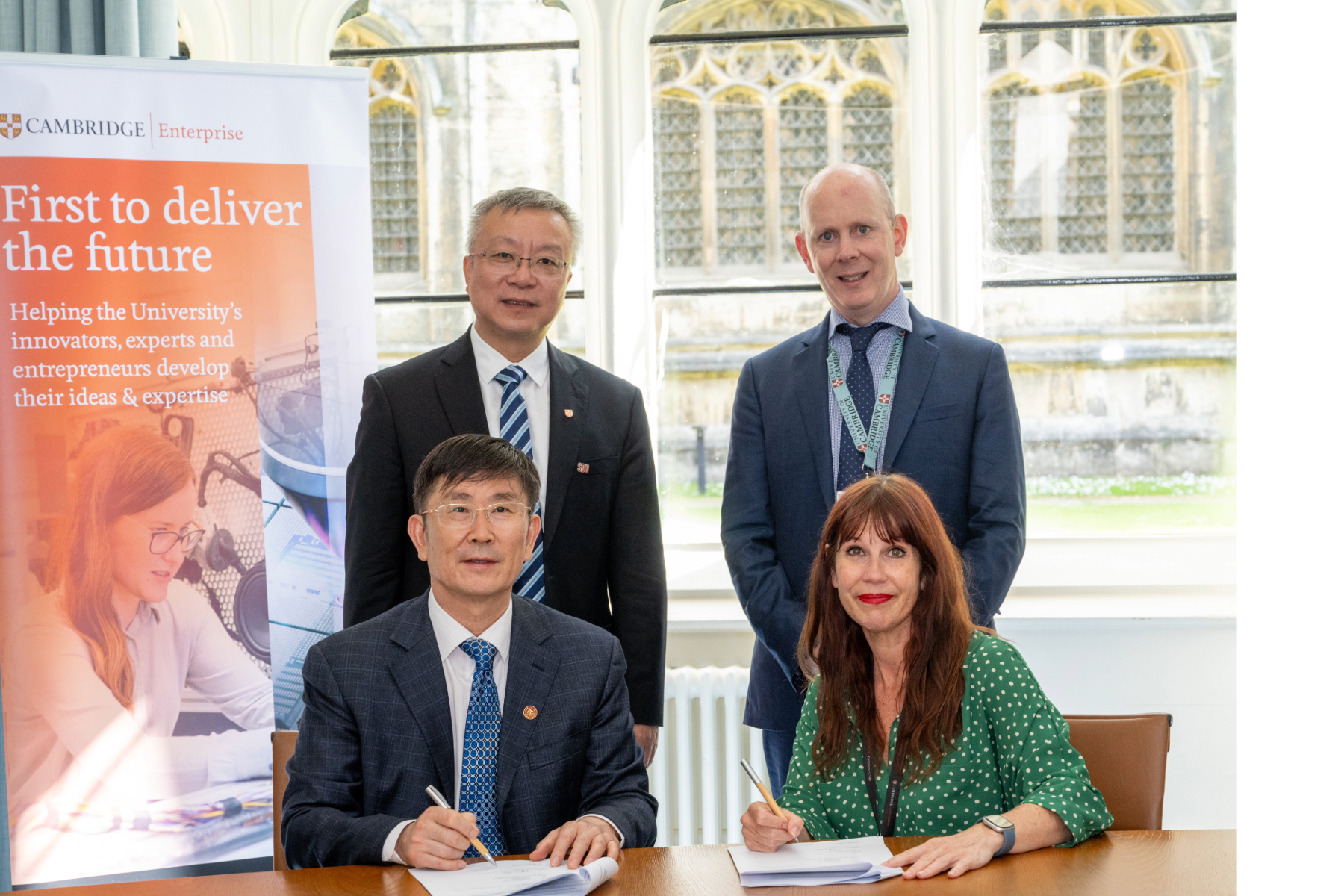The flyover on the point of collapse
10th anniversary storyIn 2011, two days before Christmas, Transport for London (TfL) closed the Hammersmith Flyover, an elevated section of the main route between London and the West.
This story was included in our innovation showcase for our 10th anniversary celebrations in 2016.
In its explanatory statement TfL said ‘damage to the ageing 1960s structure has been caused by water ingress, including salt water due to grit laid during the winter months, which has corroded and weakened the cables which help support the flyover’. The statement also noted there was a ‘very remote possibility that Hammersmith Flyover [would] collapse’.
Hammersmith Flyover is a vital artery, at the time carrying some 90,000 vehicles a day. The 900-metre elevated roadway also passes directly over both the Piccadilly and District Underground lines and the only realistic route that traffic diverted from the flyover could take.
It wasn’t just the imminent holiday and the use of the word ‘collapse’ that made the situation dire. London was gearing up to host the 2012 Summer Olympics. The flyover was a significant part of the Olympic Route Network, a dedicated corridor linking key sites to ensure that athletes and officials got to events on time and that emergency vehicles could get through if needed. It was the principal link to London’s Heathrow Airport. The prospect of this key piece of London’s traffic system being out of commission while the eyes of the international media were focused on the city was terrifying.
The concrete expert
Who are you going to call, to paraphrase Ghostbusters, in the face of an urban infrastructure problem of this scale? Luckily for TfL, they already had Dr Chris Burgoyne’s telephone number. Professor of Structural Engineering at University of Cambridge, Burgoyne is an expert on prestressed concrete structures.
Late in the evening of 22 December, TfL’s Director of Roads rang Burgoyne and explained that serious corrosion had been discovered in the prestressing tendons inside the Hammersmith Flyover. They needed his advice. “They asked for a conference call at 8:30 the next morning at which they outlined their intention to close the bridge immediately,” recalls Burgoyne. “They wanted to have someone independent to discuss it with—someone who could confirm that the advice they were being given by their engineers was correct, and that the closure, without prior notice to the public, was essential, despite the traffic chaos that ensued.”
The problem
Built in 1961, the Hammersmith Flyover was the first UK structure to employ precast, segmental, post-tensioned concrete. Among other things, this innovative structure was equipped with heating cables to prevent ice forming on the surface. These had, however, long since ceased functioning so the road was being salted in the winter.
Transport for London knew the structure had some corrosion problems, and was actively monitoring its condition. They had prepared plans for what to do if the problems accelerated, and these were now implemented.
Although Burgoyne completed his PhD on the buckling of beams and columns, an early lectureship in Concrete Structures at Imperial College London led him to change direction and focus on the behaviour of prestressed concrete structures. Burgoyne came to Cambridge in 1989; was appointed Reader in Concrete Structures in 1999 and is now a Professor.
Prestressing is an ingenious way to improve the performance of concrete, which normally cannot resist tension. It’s done by compressing the concrete before any structural load is applied. Compression is supplied by high-strength “tendons” located inside, or near, the concrete volume. Once this initial compression has been applied, the resulting material can resist both tension and compression.
“Prestressing tendons are the most heavily stressed of all structural elements, typically operating at 70 per cent of their strength,” explains Burgoyne. One of his areas of research is the durability and behaviour of very high strength fibres—such as aramids and carbon fibres—that can be used instead of steel for prestressing tendons. Burgoyne also studies the structural mechanics of bone.
New-fangled building materials are fascinating, but the infrastructure around us is chiefly old-fangled. The tendons of the Hammersmith Flyover are steel, and the long term durability of prestressed concrete basically comes down to how well the steel has been protected from corrosion. Unfortunately for TfL the steel cables in the Hammersmith Flyover had been corroded by wintertime salt, and a few had snapped. Burgoyne spent a good bit of his Christmas holiday thinking about the stresses on the structure.
Burgoyne’s task was to supply an independent opinion on (and, if necessary, challenge to) inspection data and calculations from TfL’s contractor, Amey Consulting; to assess the validity and feasibility of long- and short-term proposals for supporting the structure; loading calculations to determine whether it could be partially reopened during repairs; aid decision making; and to supply an independent review of identified risks to make sure they’d been properly addressed. Early in January he drove to Birmingham and spent the day in meetings with Amey and Transport for London.
The solution
On Boxing Day, Burgoyne emailed Cambridge Enterprise to explain what had happened. Paul Seabright, at the time head of Consultancy and now Deputy Director, hammered out a contractual arrangement with Transport for London that ensured Burgoyne could continue providing specialised counsel from outside the agency. “The beauty of consulting is that researchers can spend their time on their own interests, but share their expertise at times when there’s an acute need for high level knowledge and insight,” says Seabright.
Hammersmith Flyover remained closed from 23 December to 12 January. From 13 January to 27 May, traffic was limited to a single lane in each direction. New post-tensioned steel cables were installed in concrete blocks above and below the deck’s central reservation. Best of all, the repairs were complete before the opening ceremony of the London 2012 Olympic Games, with the Hammersmith Flyover once again a key part the Olympic Route Network.
In June 2013 Transport for London announced additional repairs were required, a project estimated to cost £60 million. Over the course of 18 months, the structure was further strengthened with a completely new prestressing system being installed which required some of the prestressing cables to be placed outside the box section. The bearings underneath it were replaced, a new carriageway drainage system was installed and the entire structure was waterproofed and resurfaced.
On 10 August 2015 Transport for London announced that the long siege of repair work on the Hammersmith Flyover was complete. “Sometimes a great outcome is that nothing—that is, nothing bad—happened,” says Cambridge Enterprise CEO Tony Raven. “Very few people are aware of what was going on behind the scenes. But without this work, the great success of the London Olympics could have been a very different story.”











